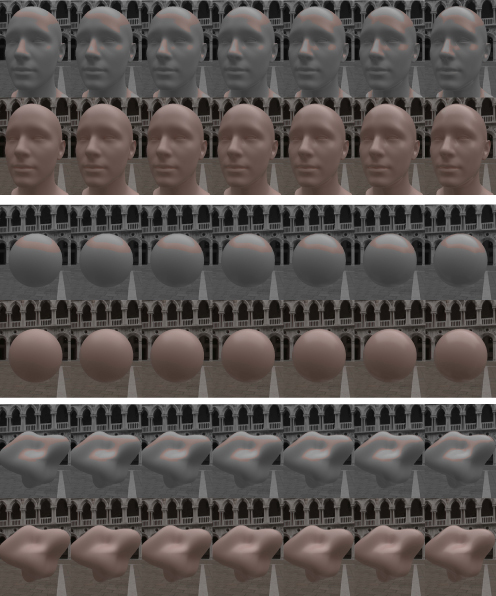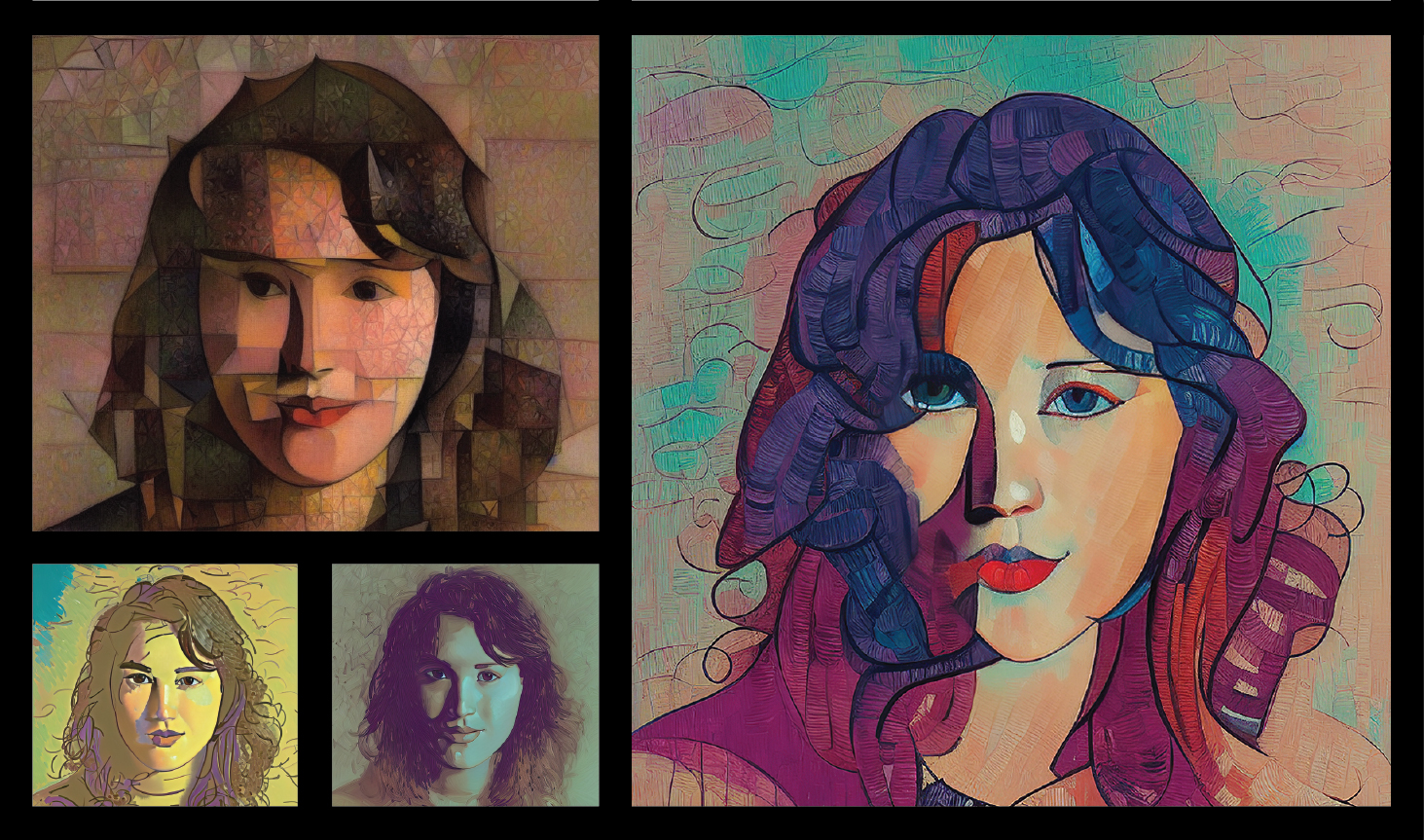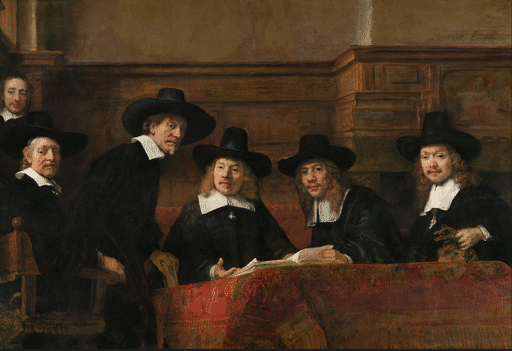
Human faces are considered an important type of stimuli integral to social interaction. Faces occupy a substantial share of digital content, and their appearance can meaningfully impact how they are perceived and evaluated. In particular, past work has shown that facial color appearance can directly influence such perceptions. However, little is known regarding the perception of facial gloss and its influence on facial skin color appearance. The current work investigates how skin roughness influences perceived facial gloss and how these in turn affect facial color appearance for 3D rendered faces. Here, “roughness” refers to a parameter of the microfacet function modeling the microscopic surface. Two psychophysical experiments were conducted to model the interaction among skin roughness, perceived facial gloss, and perceived facial color appearance using varied facial skin tones. The results indicated an exponential relationship between skin roughness and perceived facial gloss, which was consistent across different skin tones. Additionally, gloss appearance influenced the perceived lightness of faces, a pattern not observed to the same extent among non-face objects included in the experiment. We expect that these results might partially be explained by discounting specular components for surface color perception to infer color attributes and by simultaneous contrast induced by a concentrated specular highlight. The current findings provide guidance for predicting visual appearance of face and non-face objects and will be useful for gloss and color reproduction of rendered digital faces.

Visual content has the ability to convey and impact human emotions. It is crucial to understanding the emotions being communicated and the ways in which they are implied by the visual elements in images. This study evaluates the aesthetic emotion of portrait art generated by our Generative AI Portraiture System. Using the Visual Aesthetic Wheel of Emotion (VAWE), aesthetic responses were documented and subsequently analyzed using heatmaps and circular histograms with the aim of identifying the emotions evoked by the generated portrait art. The data from 160 participants were used to categorize and validate VAWE’s 20 emotions with selected AI portrait styles. The data were then used in a smaller self-portrait qualitative study to validate the developed prototype for an Emotionally Aware Portrait System, capable of generating a personalized stylization of a user’s self-portrait, expressing a particular aesthetic emotional state from VAWE. The findings bring forth a new vision towards blending affective computing with computational creativity and enabling generative systems with awareness in terms of the emotions they wish their output to elicit.

A design challenge in virtual reality (VR) is balancing users’ freedom to explore the virtual environment with the constraints of a guidance interface that focuses their attention without breaking the sense of immersion or encroaching on their freedom. In virtual exhibitions in which users may explore and engage with content freely, the design of guidance cues plays a critical role. This research explored the effectiveness of three different attention guidance cues in a scavenger-hunt-style multiple visual search task: an extended field of view through a rearview mirror (passive guidance), audio alerts (active guidance), and haptic alerts (active guidance) as well as a fourth control condition with no guidance. Participants were tasked with visually searching for seven specific paintings in a virtual rendering of the Louvre Museum. Performance was evaluated through qualitative surveys and two quantitative metrics: the frequency with which users checked the task list of seven paintings and the total time to complete the task. The results indicated that haptic and audio cues were significantly more effective at reducing the frequency of checking the task list when compared to the control condition while the rearview mirror was the least effective. Unexpectedly, none of the cues significantly reduced the task-completion time. The insights from this research provide VR designers with guidelines for constructing more responsive virtual exhibitions using seamless attentional guidance systems that enhance user experience and interaction in VR environments.

Naturalness is a complex appearance attribute that is dependent on multiple visual appearance attributes like color, gloss, roughness, and their interaction. It impacts the perceived quality of an object and should therefore be reproduced correctly. In recent years, the use of color 3D printing technology has seen considerable growth in different fields like cultural heritage, medical, entertainment, and fashion for producing 3D objects with the correct appearance. This paper investigates the reproduction of naturalness attribute using a color 3D printing technology and the naturalness perception of the 3D printed objects. Results indicate that naturalness perception of 3D printed objects is highly subjective but is found to be objectively dependent mainly on a printed object’s surface elevation and roughness.